
How to avoid dust in the house when using a wood stove: tips and tricks for a clean and healthy home
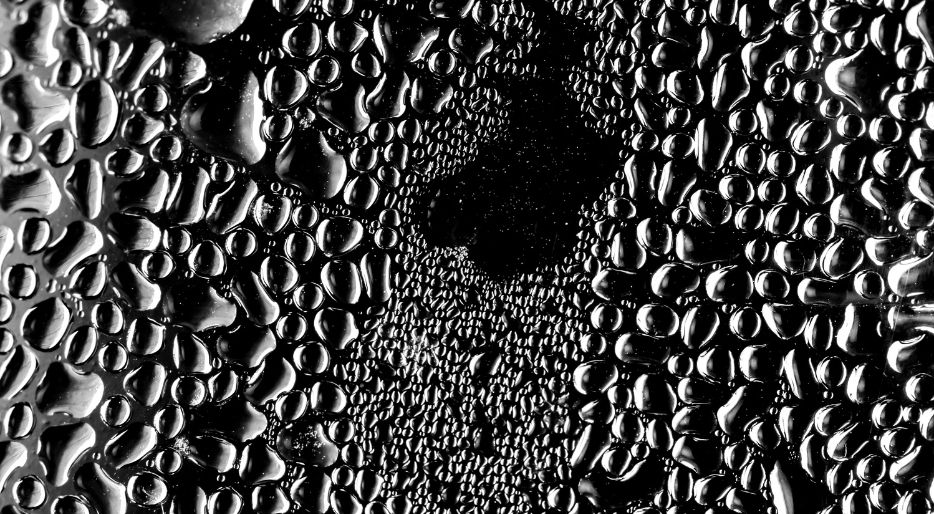
If you have a wood burning appliance at home, you probably want to prevent and avoid condensation in your appliance’s flue pipe at all costs. This condensation can cause a number of problems, from soot formation to tube deterioration and reduced appliance performance.
In this post we will explain why stovepipe condensation occurs and what you can do to prevent it. In addition, we will offer you some tips to keep the tube in good condition and prolong the life of your appliance. Don’t miss it and read on for more information!

Condensation in wood stove tubes occurs when the water vapor contained in the flue cools and condenses as a liquid inside the tube. This process is caused by cold outside air coming into contact with the hot tube, cooling it and causing the water vapor to condense. The accumulation of condensation in the tube can lead to soot formation, which in turn reduces the performance of the appliance. Soot sticks to the walls of the tube and reduces the inside diameter, which increases resistance to air flow and reduces combustion efficiency. For this reason, it is important to prevent condensation from forming on the tube to ensure that the appliance operates efficiently and safely.
To know how to avoid condensation in the tube, it is important to take some preventive measures. Let’s see what to do to avoid this problem!
The correct installation of the appliance is essential to avoid many problems. You should make sure that your appliance is installed by a qualified professional. Also, you should follow the installation advice of each manufacturer. Here you can see the installation tips for Panadero stoves.
It is also important that the stove is located in a suitable and well-ventilated place. It should be located away from walls and furniture, and there should be enough space around the appliance to allow for good air circulation.
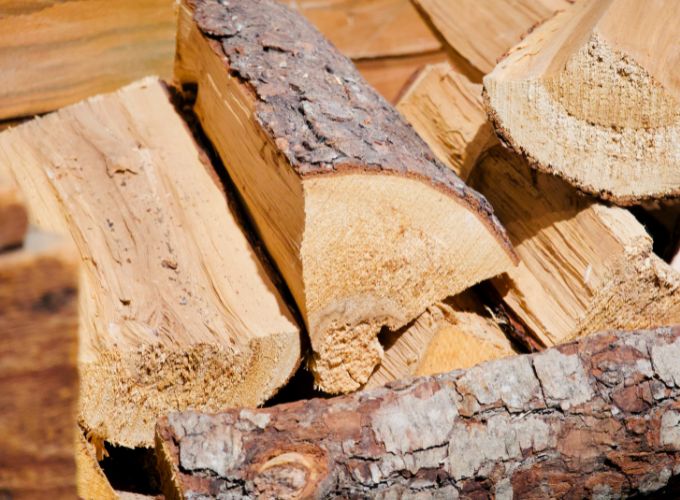
The quality of the firewood you use has a great impact on the formation of condensation in the tube. It is important to use quality firewood. Poor quality firewood, such as firewood that is rotten or contains resins or sap, can generate more soot and creosote in the pipe.
Firewood should be dried for at least six months before use. Damp or freshly cut firewood contains a large amount of moisture, which can cause water vapor to form in the tube and increase the likelihood of condensation. Dry firewood, on the other hand, has a lower moisture content and produces less water vapor during combustion.
If the appliance does not have enough air, combustion may be incomplete and produce cold combustion gases, which may condense in the pipe. On the other hand, if there is too much air, combustion may be too fast and reduce the efficiency of the appliance.
To avoid tube condensation, it is important to control the combustion air properly. First, make sure that the combustion air inlet is open and not blocked by ash or other materials. Also, use the right amount of wood and avoid overloading the appliance, as this can reduce the amount of air available for combustion.
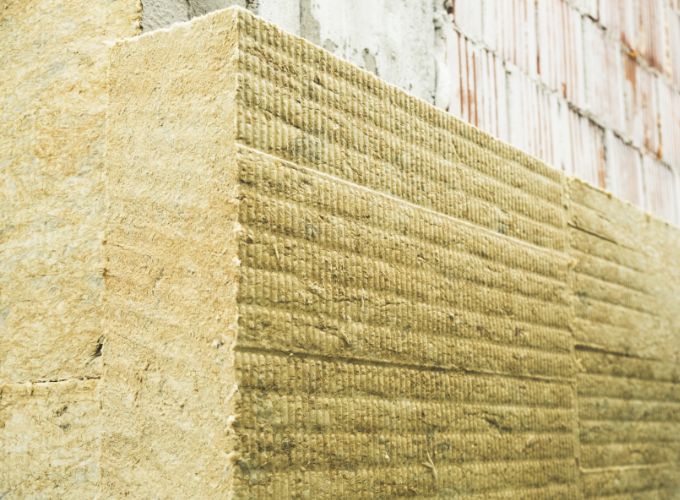
Another factor that can help prevent condensation is the use of thermal insulation. This type of insulation can help keep the pipe temperature higher and reduce the amount of cold flue gas condensing inside the pipe.
There are different types of thermal insulation such as fiberglass insulation or rock wool insulation. These insulations must be installed correctly and according to the manufacturer’s specifications.
Another aspect of preventing condensation is to perform regular tube maintenance. This includes cleaning the tube regularly to prevent the accumulation of soot and other debris that can obstruct airflow.
Maintenance also involves regularly checking the condition of the tube for any damage or corrosion that may be contributing to the formation of condensation.
In conclusion, avoiding condensation on the tube of a wood stove is essential to ensure its proper functioning and prolong its useful life. To do this, it is important to install the stove correctly, use dry and quality firewood, control the combustion air, use thermal insulation in the tube and carry out periodic maintenance of the tube. By following these tips, you can enjoy an efficient and safe wood stove for many years to come.
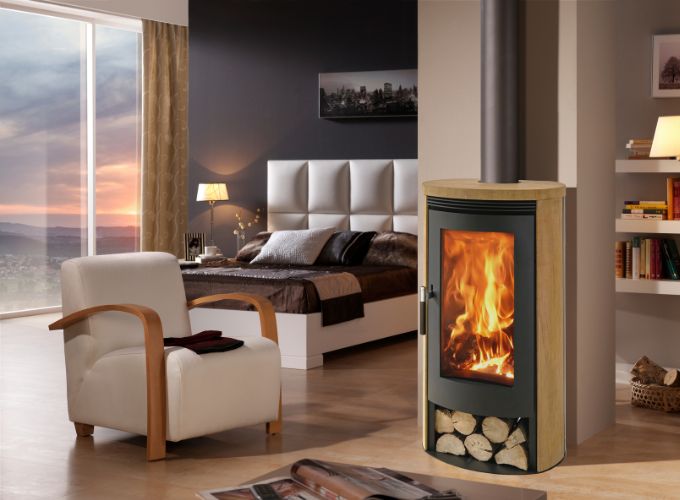
If you have any questions, please feel free to ask us! We hope this post has served as a guide. Take a look at our blog and find solutions and recommendations to help you with your fireplace or wood stove.
Visit our online store for Panadero wood stoves. If you have any questions or need help choosing the right stove, don’t hesitate to contact us. We will be happy to help you.
Articles of interest:
Did you like this article? If so, help us spread it 😊 . Click on the buttons below here and feel free to share it on your social networks!
Thank you for reading!
↓ ↓ ↓ ↓

How to avoid dust in the house when using a wood stove: tips and tricks for a clean and healthy home
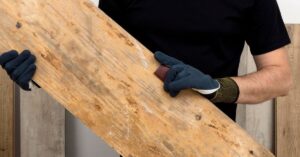
Learn how to remove mould from your wood for use by following the steps in this article.
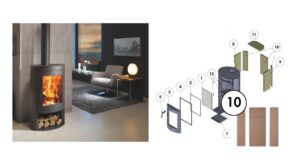
All you need to know: what it is, uses and benefits of wood stoves
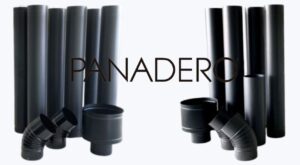
The flue pipe. The silent piece that makes all the difference. You can have a high-performance wood-burning stove with impeccable design and the best double